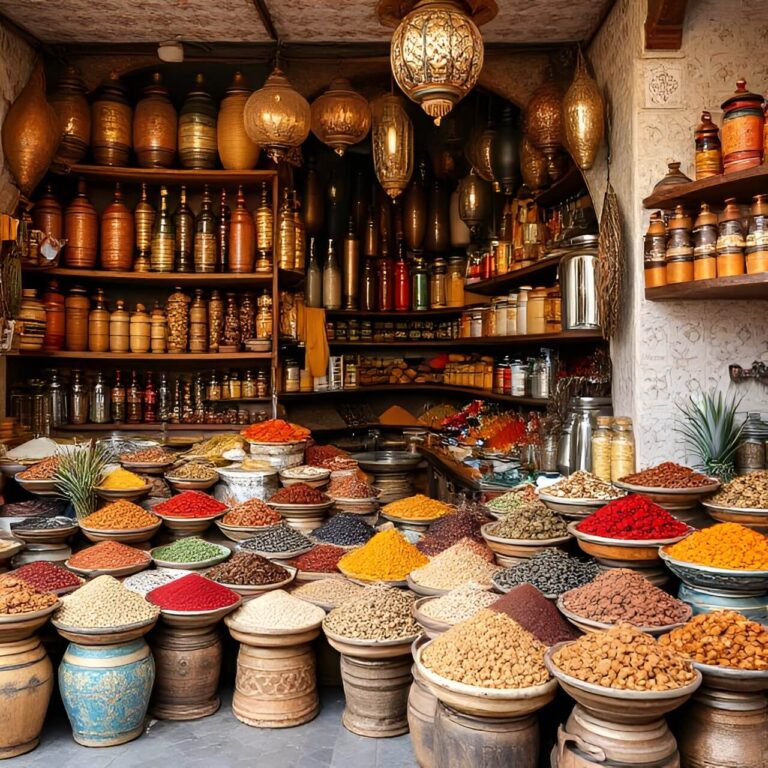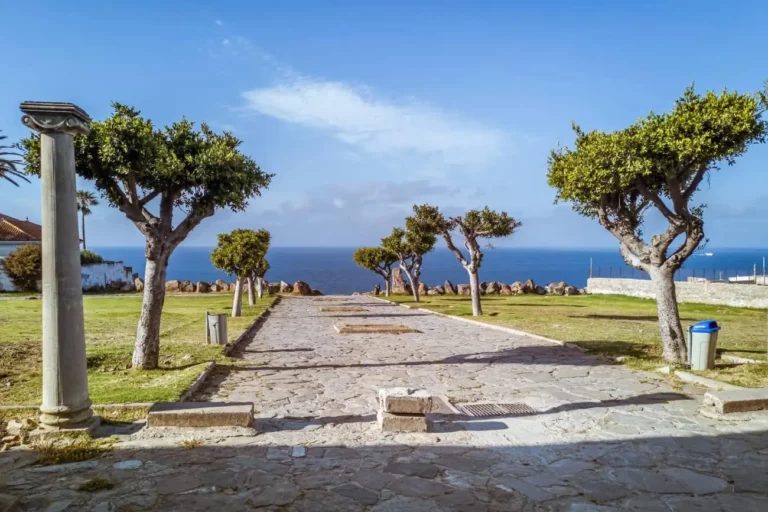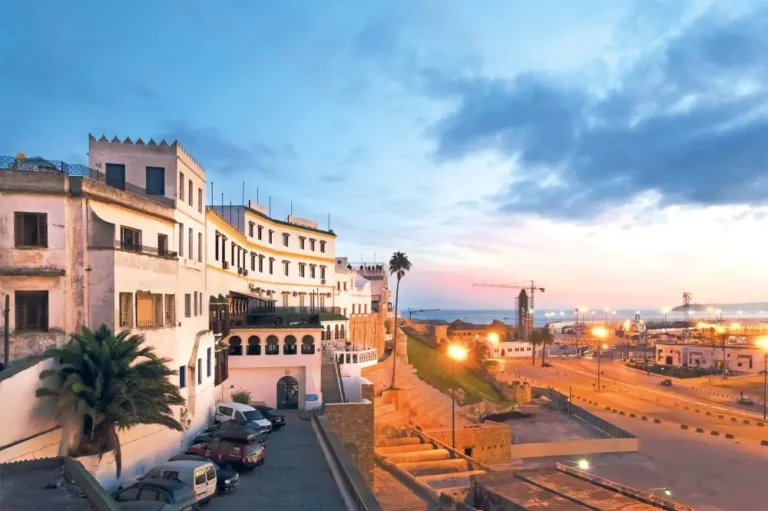Tangier, the fabled Moroccan port city of the mid-20th century, was a place where millionaires, spies, artists, and outcasts mingled under the North African sun. For Barbara Hutton, the troubled Woolworth heiress known as the “Poor Little Rich Girl,” Tangier became both a refuge and a gilded cage—a place where she could escape her past but never her sorrows.
Arrival in Tangier: A Search for Escape
By the time Hutton arrived in Tangier in the early 1950s, she had already lived several lifetimes. The granddaughter of Frank Winfield Woolworth, she inherited a staggering 50 million 1 billion today) at 21, only to see her personal life unravel in a series of failed marriages, scandals, and tragedies—including the death of her only son, Lance Reventlow, in a plane crash.
Tangier, then an International Zone with lax laws and a bohemian elite, was the perfect place for reinvention—or disappearance. Hutton purchased Palais Sidi Hosni, a sprawling Moorish palace in the Casbah previously owned by Walter Burton Harris, a British adventurer and journalist. The estate, with its lush gardens and panoramic views of the Strait of Gibraltar, became her sanctuary.
Life in the Casbah: Parties and Isolation
Though Hutton was one of the richest women in the world, her life in Tangier was a paradox of extravagance and loneliness. She threw lavish parties, inviting Tangier’s eclectic mix of European aristocrats, American expats, and Moroccan dignitaries. Yet, she often dined alone, surrounded by servants but devoid of true companionship.
Her sixth husband, Prince Igor Troubetzkoy, briefly joined her in Tangier, but their marriage crumbled under the weight of her emotional instability and his infidelities. Hutton, increasingly reliant on alcohol and pills, became more reclusive, wandering the halls of her palace in a haze of regret.
The Dark Side of Paradise
Tangier’s freewheeling lifestyle only deepened Hutton’s struggles. She spent recklessly, buying jewels, art, and gifts for lovers who often took advantage of her generosity. Her health deteriorated, and her beauty—once compared to Greta Garbo’s—faded under the strain of addiction.
Locals whispered about the lonely American heiress who lived like a queen but wept behind closed doors. Paul Bowles, the famed Tangier-based writer, observed that Hutton was “a prisoner of her own fortune”—unable to find peace, even in a city designed for escape.
Palais Sidi Hosni: A Moorish Dream
When Barbara Hutton bought Palais Sidi Hosni in the early 1950s, it was already legendary. Built into the ancient Casbah walls, the palace had belonged to Walter Burton Harris, a British journalist and adventurer who embodied Tangier’s wild spirit. Hutton restored its Andalusian courtyards, mosaic-tiled salons, and terraced gardens with her trademark extravagance.
- The Throne Room: She installed a gold-leaf throne where she would receive guests like a melancholy queen.
- The Blue Room: A lavish salon where she displayed her Fabergé eggs and Cartier jewels—often letting guests try them on.
- The Rooftop: Overlooking the Strait of Gibraltar, it became her private escape, where she’d watch the sunset with a cocktail in hand.
But the palace also hid her sorrows. Servants reported finding her asleep on the floor, surrounded by pill bottles and empty champagne glasses.
The Famous Guests: A Who’s Who of Tangier’s Golden Age
Hutton’s parties were legendary, drawing Tangier’s bohemian elite:
- Truman Capote – Visited in the 1950s and later wrote of Hutton’s “sad, glittering eyes.”
- Paul Bowles – The Sheltering Sky author observed her decline with detached fascination.
- David Herbert – The eccentric British socialite and de facto “mayor” of Tangier was a frequent guest.
- Talitha Getty – The young, doomed heiress (later a symbol of 60s Tangier) admired Hutton’s style but pitied her loneliness.
Yet despite the glamorous guest lists, Hutton often wandered off mid-party, retreating to her bedroom to avoid small talk.
Her Impact on Tangier’s Expat Scene
Hutton embodied the contradictions of 1950s Tangier—a place where money bought freedom but couldn’t cure despair.
- Generosity & Exploitation: She gave lavish gifts (cars, diamonds) to lovers and friends, only to be abandoned when the money ran low.
- The Last Days: By the late 1960s, as Morocco reclaimed Tangier from international rule, Hutton sold her palace and left. The expat scene she’d known—wild, tax-free, and morally unmoored—was fading.
What Remains of Hutton’s Tangier?
- Palais Sidi Hosni still stands, though its current state is debated (some say it’s a private residence, others claim neglect).
- The Myth: Locals still whisper about the “American princess” who lived like a sultan’s daughter but died alone.
- A Cautionary Tale: In a city built on reinvention, Hutton’s story reminds us that some ghosts can’t be outrun—even in paradise.
Leaving Tangier: The End of an Era
By the late 1960s, Hutton’s money was dwindling. She sold Palais Sidi Hosni and left, drifting through Europe before dying penniless in a Los Angeles hotel in 1979.
Yet, in Tangier, her legend lives on. The palace still stands, a relic of her tragic glamour. For those who remember, Barbara Hutton remains a symbol of Tangier’s golden age—a place where the rich came to disappear, only to find that no amount of money could buy happiness.





